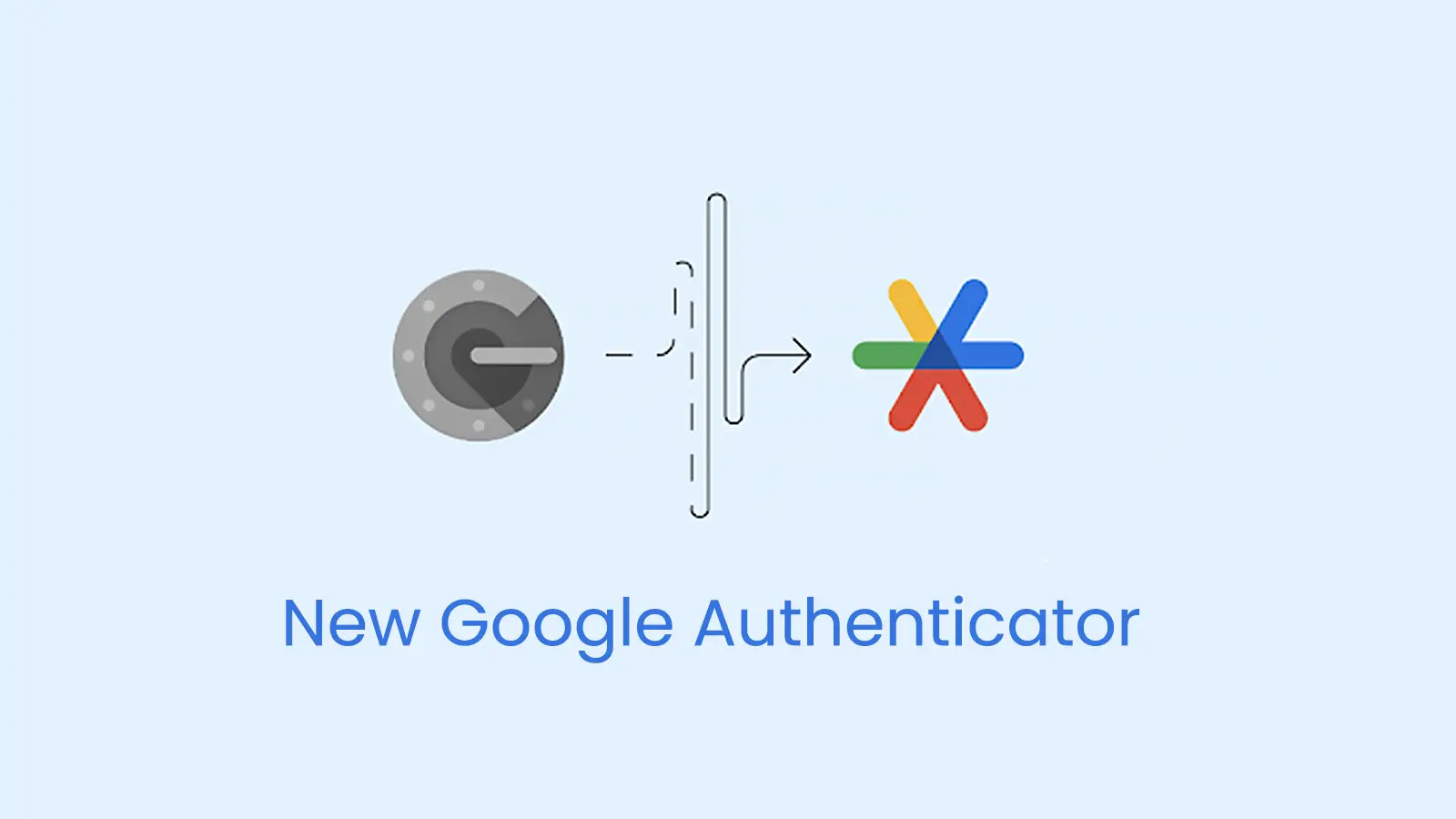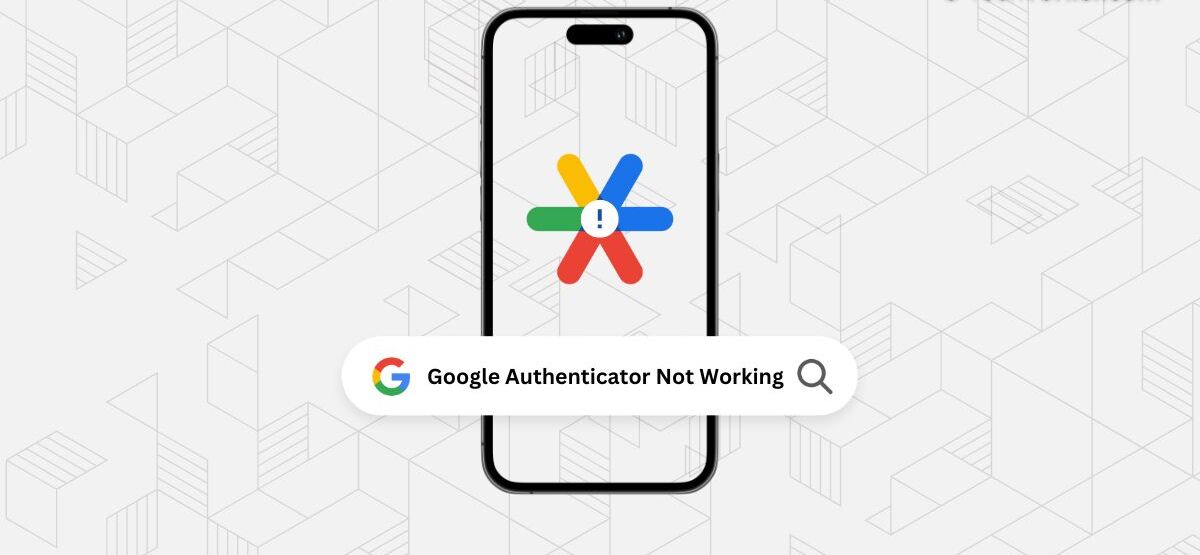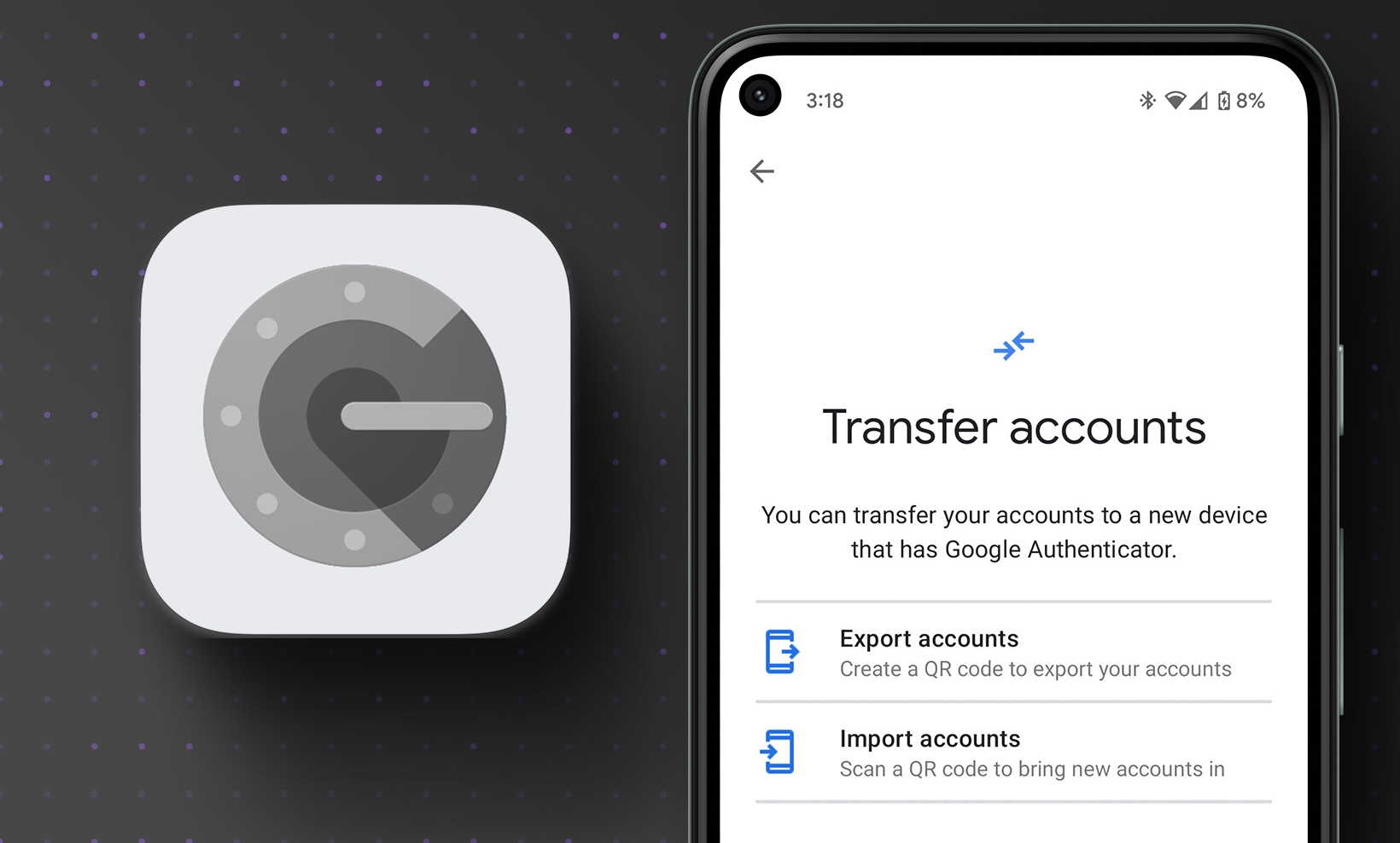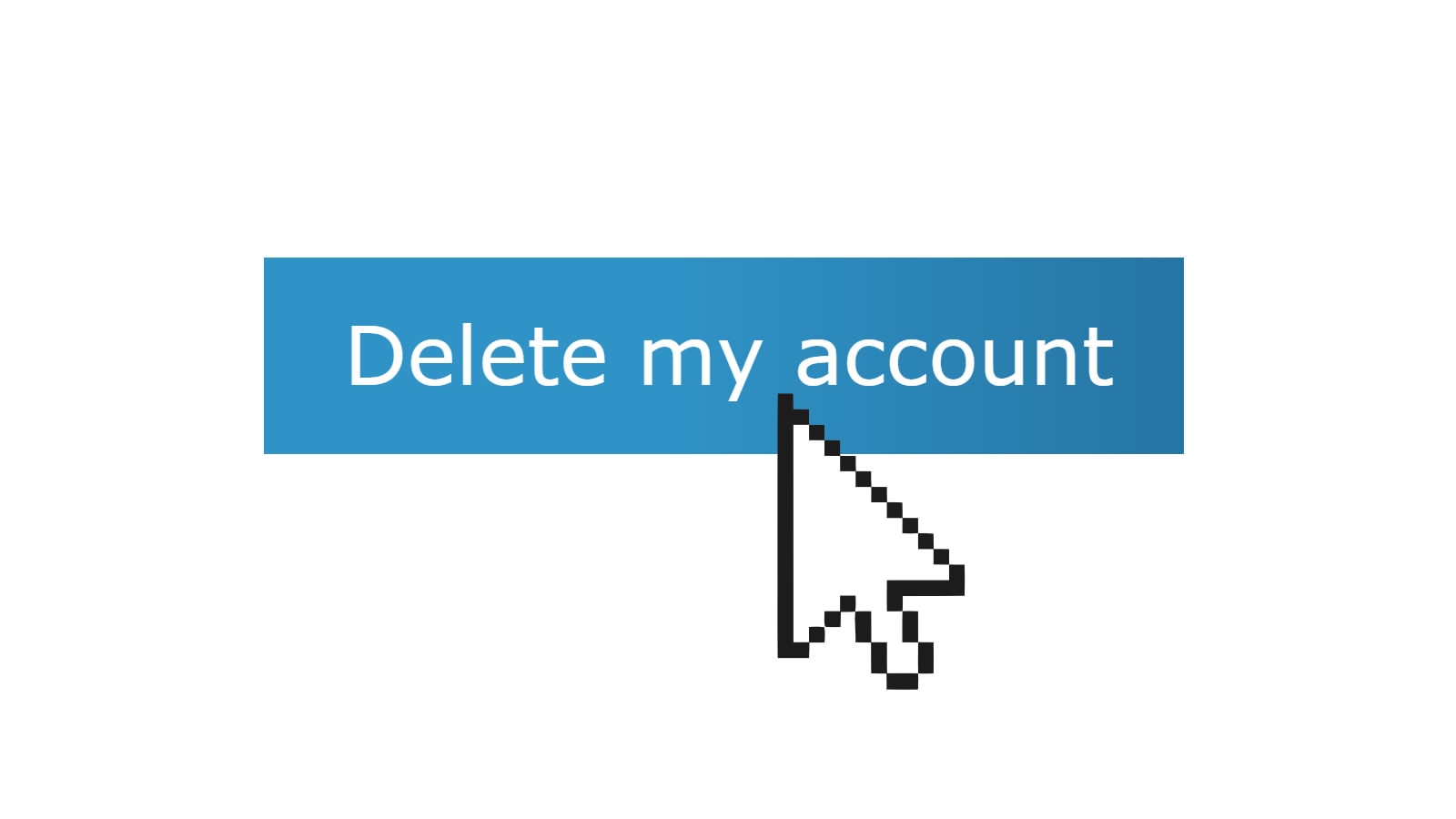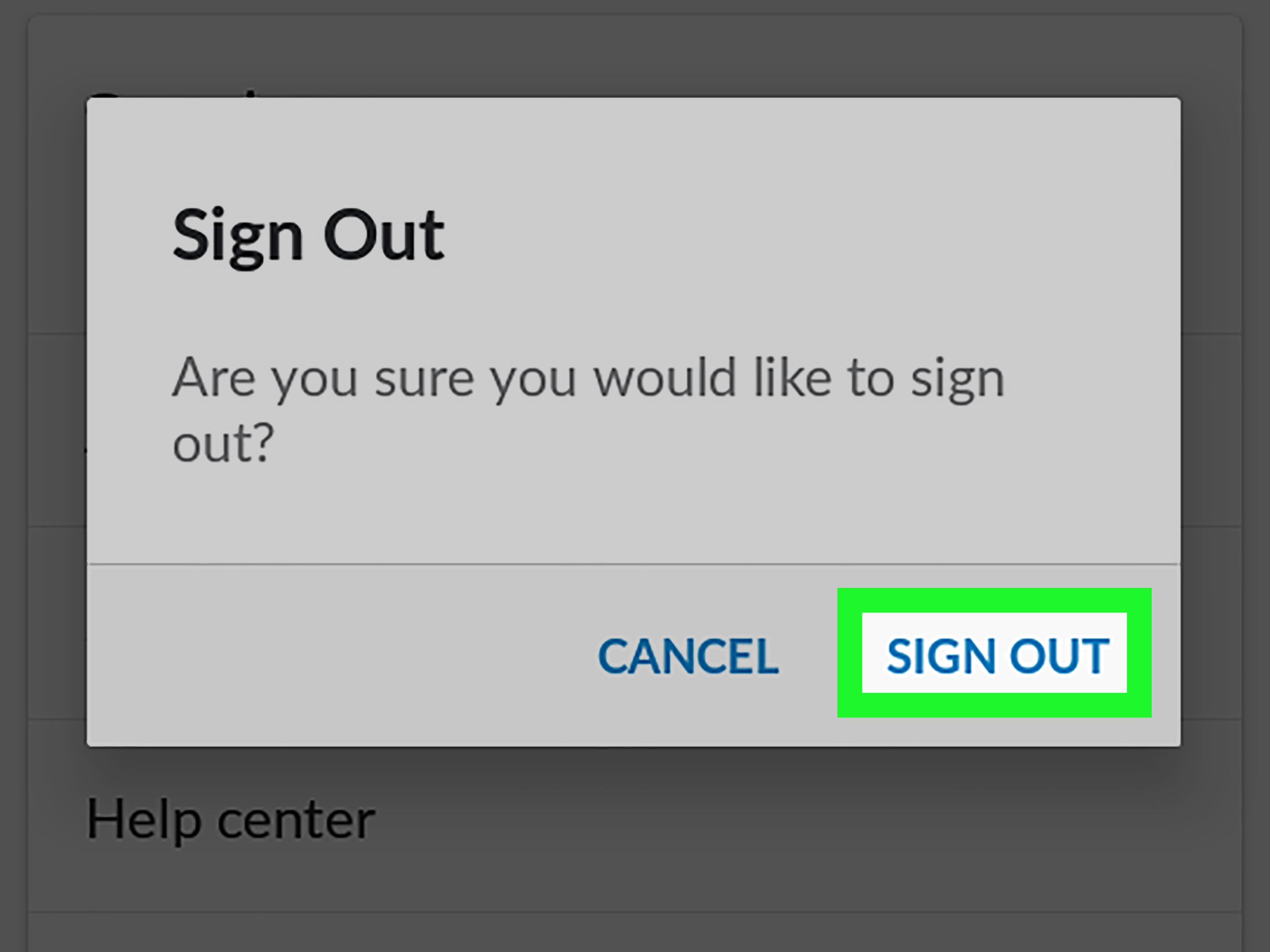Introduction
Google Authenticator is a widely used two-factor authentication application that provides an extra layer of security for your online accounts. It generates time-based one-time passwords (TOTP) that users enter alongside their passwords when logging in. This added security measure helps protect against unauthorized access to sensitive information and ensures that only the account owner can gain access.
While Google Authenticator is a valuable tool for securing your accounts, there may come a time when you need to remove an account from the app. Whether you no longer use the account, have switched to a different authentication method, or have simply encountered issues with the account, removing it from Google Authenticator is a straightforward process.
In this guide, we will walk you through the steps to remove an account from Google Authenticator. We will provide detailed instructions that are easy to follow, ensuring that you can complete the process quickly and efficiently.
Please note that once you remove an account from Google Authenticator, you will no longer be able to generate verification codes for that account. If you need to regain access to the account in the future, you will be required to go through the account recovery process established by the service provider. Therefore, it is important to carefully consider your decision before removing an account from Google Authenticator.
What is Google Authenticator?
Google Authenticator is a free app developed by Google that provides an additional layer of security for your online accounts. It is available for both Android and iOS devices and works by generating time-based one-time passwords (TOTP).
When you enable two-factor authentication on a supported service, such as Google, Facebook, or Dropbox, you can use Google Authenticator to generate a unique verification code. This code is required in addition to your regular password when logging into your account. The code changes every few seconds, making it virtually impossible for a hacker to guess or intercept.
Google Authenticator is based on the open authentication standard called the Initiative for Open Authentication (OATH) and uses the TOTP algorithm. This algorithm combines a secret key known only by the service provider and the user’s device with the current time to generate the one-time password. This means that even if someone gains access to your username and password, they still cannot access your account without the valid verification code.
One of the key advantages of using Google Authenticator is its offline capability. The app does not require an internet connection to generate the verification codes, ensuring that you can access your accounts even in areas with limited or no network connectivity.
Google Authenticator supports a wide range of online services and websites that have integrated two-factor authentication. In addition to Google’s own services, you can secure accounts for social media platforms, email providers, cloud storage services, and more. This allows you to consolidate all your two-factor authentication needs into one convenient app.
By using Google Authenticator, you can significantly enhance the security of your online accounts and protect your sensitive information from unauthorized access. It offers a simple yet effective way to implement two-factor authentication and adds an extra layer of defense against hacking attempts and identity theft.
Why would you want to remove an account from Google Authenticator?
There are a few reasons why you might want to remove an account from Google Authenticator. These include:
1. Switching to a different authentication method: If you decide to switch to a different two-factor authentication app or method, you will need to remove the account from Google Authenticator first. This could be due to personal preference or because you have started using a different device that has its own authentication app.
2. No longer using the account: If you have stopped using a particular online account that is linked to Google Authenticator, it is a good idea to remove it from the app. This helps declutter the interface and ensures that you only have active and relevant accounts listed.
3. Troubleshooting issues: In some cases, you may encounter technical issues with the account in Google Authenticator. For example, the verification codes may not be generating correctly, or the account may be inadvertently locked out. Removing and re-adding the account can sometimes resolve these issues.
4. Account security concerns: If you suspect that your account has been compromised or you have concerns about the security of the account, removing it from Google Authenticator can provide temporary protection. This prevents anyone with access to your device from generating valid verification codes for the account.
5. Account closure: If you decide to close an online account permanently, it is essential to remove it from Google Authenticator. Otherwise, the account will still be listed in the app, potentially causing confusion and security risks in the future.
It is important to note that removing an account from Google Authenticator does not deactivate the two-factor authentication for that account. The account itself will still have two-factor authentication enabled, but you will no longer be able to generate the verification codes from Google Authenticator. If you ever need to regain access to the account, you will have to follow the account recovery process established by the service provider.
By understanding why you might want to remove an account from Google Authenticator, you can ensure that your app remains organized and only includes accounts that are actively in use. Additionally, it allows you to troubleshoot and address any security concerns effectively.
Step 1: Open the Google Authenticator app
The first step in removing an account from Google Authenticator is to open the app on your device. Locate the Google Authenticator app icon on your home screen or app drawer and tap on it to launch the app.
If you don’t already have the app installed, you can download it from the Google Play Store for Android devices or the App Store for iOS devices. Once downloaded and installed, open the app to proceed to the next step.
Upon opening the Google Authenticator app, you will be greeted with a clean and straightforward interface. The app displays a list of all the accounts that are currently linked to it for two-factor authentication. Each account is represented by a unique name or a logo assigned by the service provider.
By default, the app displays the current verification code for each account, which changes every few seconds. These codes are used alongside your account password during the login process to provide an additional layer of security.
Take a moment to familiarize yourself with the Google Authenticator app’s layout and navigation. This will help you navigate the app smoothly during the process of removing an account.
Please note that the steps provided in this guide are general instructions, and there may be slight variations depending on your device, operating system version, or app version. However, the overall process of removing an account from Google Authenticator remains consistent.
With the Google Authenticator app open, proceed to the next step to continue with the account removal process.
Step 2: Tap on the three dots or settings icon
Once you have opened the Google Authenticator app, you will need to access the account management settings to remove an account. To do this, you will typically need to tap on the three dots or settings icon, which is usually located in the upper-right corner of the app’s interface.
The three dots icon represents a menu, while the settings icon often resembles a gear or a cogwheel. This icon may vary based on your device’s operating system or the version of the app you are using. Look for the icon that indicates accessing additional options or settings within the app.
Tap on the three dots or settings icon to open the menu or settings screen. This will bring up a drop-down menu or a new screen with a list of available options.
In some cases, the account management settings may be directly accessible from the main screen of the app, without the need to tap on the three dots or settings icon. However, this will depend on the specific design and layout of the Google Authenticator app on your device.
Once you tap on the three dots or settings icon, take a moment to review the options given to you. Look for an option related to managing or removing accounts. The wording of this option may vary, but it is typically something like “Manage accounts” or “Account settings.”
By tapping on the three dots or settings icon, you are opening up the additional settings and options for the Google Authenticator app. This is an essential step in the process of removing an account from the app, as it leads you closer to the specific account management functionality.
With the menu or settings screen open, you are ready to proceed to the next step, where you will specifically manage the accounts linked to Google Authenticator.
Step 3: Select “Manage accounts”
After tapping on the three dots or settings icon in the Google Authenticator app, you will see a drop-down menu or a new screen with various options related to managing your accounts. Look for the option that allows you to manage or view the accounts linked to Google Authenticator. This option is typically labeled as “Manage accounts” or something similar.
Once you have located the “Manage accounts” option, tap on it to proceed. This selection will take you to a screen that displays all the accounts currently linked to Google Authenticator for two-factor authentication.
On this “Manage accounts” screen, you will usually see a list of the accounts along with their associated icons or names. The accounts are typically displayed in a clear and organized manner, making it easy to identify the one you wish to remove.
Scroll through the list, if necessary, to ensure you have identified the correct account. Take note of the account’s name or any additional identifiers provided by the service provider for easier identification.
It is essential to double-check the account you want to remove at this stage to avoid accidentally removing an account you wish to keep. Confirming the correct account will help prevent any potential issues or inconveniences in the future.
The “Manage accounts” screen is where you will find the necessary tools and options to remove the account from Google Authenticator. By selecting this option, you are one step closer to completing the removal process successfully.
Once you have selected “Manage accounts” and confirmed the account you wish to remove, you are ready to move on to the next step, where you will initiate the removal of the specific account from Google Authenticator.
Step 4: Tap on the account you want to remove
After selecting the “Manage accounts” option in the Google Authenticator app, you will be presented with a screen displaying all the accounts currently linked to the app for two-factor authentication. This screen allows you to manage the settings and configurations of each account.
Scroll through the list of accounts and locate the specific account you want to remove. The accounts are typically represented by their respective logos or names, making it easier to identify the one you wish to delete.
Tap on the account you want to remove from Google Authenticator. This action will highlight or select the chosen account, indicating that it is currently being managed.
By tapping on the account you want to remove, you are signaling to Google Authenticator that you wish to initiate the removal process for that particular account. This step is essential in ensuring that you target the correct account and avoid accidentally removing the wrong one.
Take a moment to review the selected account and double-check it against any identifying information, such as the account name or associated logo. This helps to confirm that you have chosen the right account and are proceeding with the removal process accordingly.
Once you are confident that you have selected the correct account, you are ready to move on to the next step, where you will initiate the actual removal of the account from Google Authenticator.
Step 5: Select “Remove account”
After tapping on the account you want to remove from the Google Authenticator app, you will be presented with a screen that provides various options and settings for managing that specific account. Look for the option that allows you to remove the selected account from Google Authenticator. This option is typically labeled as “Remove account” or something similar.
Once you have located the “Remove account” option, tap on it to proceed with the removal process. A confirmation prompt may appear to ensure that you want to proceed with removing the account. This prompt serves as an extra layer of caution to prevent accidental removals.
In the confirmation prompt, you may be asked to verify your decision or warned about the implications of removing the account. Read the prompt carefully to ensure you understand the consequences of removing the account from Google Authenticator.
Confirm your decision to remove the account by selecting the appropriate option in the confirmation prompt. This action will initiate the removal process and remove the selected account from Google Authenticator.
It is important to note that once the account is removed, you will no longer be able to generate verification codes for that account using Google Authenticator. If you need to access the account in the future, you may have to go through the account recovery process established by the service provider.
After you have successfully removed the account, you will typically be redirected back to the “Manage accounts” or a similar screen. At this point, you can either repeat the process to remove additional accounts or close the app if you have finished managing your accounts.
By selecting and confirming the “Remove account” option, you have taken the necessary steps to remove the selected account from Google Authenticator. Proceed to the next step to complete the removal process.
Step 6: Confirm the removal
Once you have selected the “Remove account” option for the account you want to remove from the Google Authenticator app, a confirmation screen or prompt will typically appear. This step gives you one final opportunity to confirm your decision to remove the account.
In the confirmation screen, you may be provided with details about the account you are about to remove, such as the account name or associated email address. This serves as a reminder to ensure you are removing the correct account, especially if you have multiple accounts linked to Google Authenticator.
Carefully review the information presented in the confirmation screen to verify that it corresponds to the account you intend to remove. Take a moment to double-check any identifying details to prevent accidental removal of the wrong account.
If you are certain that you want to proceed with removing the account, select the “Confirm” or “Yes” option to finalize the removal process. This action will remove the selected account from Google Authenticator.
It is important to note that once the account is removed, you will no longer have the ability to generate verification codes for that account using Google Authenticator. If you need to regain access to the account, you may need to follow the account recovery process established by the service provider.
After confirming the removal, the Google Authenticator app may display a success message to indicate that the account has been successfully removed. You can also expect the removed account to no longer appear in the list of accounts within the app.
At this point, you have completed the removal process for the account in Google Authenticator. If you need to remove additional accounts, you can repeat the steps outlined in this guide. Otherwise, you can close the app or navigate back to the main screen to continue using Google Authenticator with the remaining accounts.
By confirming the removal of the account, you have successfully completed the process of removing an account from Google Authenticator. Take a moment to ensure the account has been removed and proceed accordingly.
Conclusion
Removing an account from Google Authenticator is a simple process that can be completed in just a few steps. By following the instructions provided in this guide, you can effectively manage your accounts and ensure that only the relevant and active accounts are linked to Google Authenticator.
Google Authenticator offers an additional layer of security by generating time-based one-time passwords (TOTP) for two-factor authentication. However, there may be instances where you need to remove an account from the app. Whether you are switching to a different authentication method, no longer using the account, or troubleshooting issues, the steps outlined in this guide will help you swiftly remove the account from Google Authenticator.
Remember to exercise caution and carefully confirm your decision before removing an account. Once an account is removed, you will no longer be able to generate verification codes for that account using Google Authenticator. If you need to regain access in the future, you may have to follow the account recovery process established by the service provider.
By actively managing your accounts in Google Authenticator, you can ensure the security and efficiency of your authentication process. Regularly review your linked accounts and remove any that are no longer relevant or active. This will help declutter the app and ensure that you can easily access the necessary verification codes for your remaining accounts.
In conclusion, removing an account from Google Authenticator is a straightforward process. By following the steps outlined in this guide, you can confidently and efficiently remove accounts as needed. This will help you maintain an organized and secure authentication experience with Google Authenticator.










